The other day, while absorbed in a captivating article on my phone, an ad appeared. This wasn't your standard, disruptive banner ad that we've all grown to expect. Instead, it was so finely woven into the content that the transition from editorial to advertising was almost imperceptible.
It was a native ad — a smart, subtle method of mobile advertising that's revolutionizing the way businesses and advertisers engage with audiences.
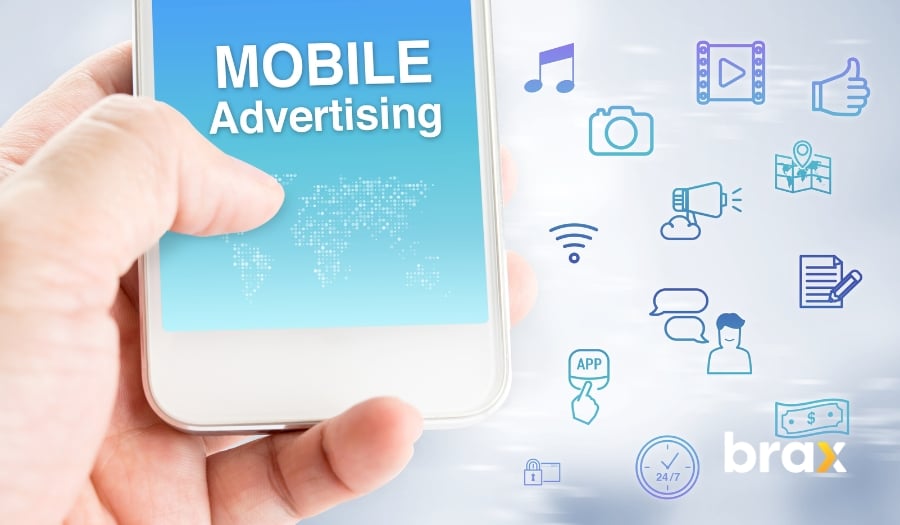
This experience sparked some thoughts about the transformative nature of native ads in mobile advertising.
Picture reaching your audience on mobile without causing any disruption to their browsing, with ads that organically merge with the content they're already consuming.
The opportunities for increasing engagement and conversion are vast, providing a potential solution to a key challenge many businesses face today: how to effectively capture the attention of mobile users.
Whether you're grappling with low engagement rates, intrusive ads, or simply on the lookout for fresh, innovative ways to convey your message, our deep-dive into mobile native ads could be just the revelation you need.
Why Focus on Mobile Advertising?
Just as a lighthouse guides ships safely to shore, mobile advertising directs consumers towards brands in the vast sea of the digital marketplace. In an era where our smartphones have become extensions of ourselves, mobile advertising has emerged as a vital beacon for businesses, illuminating the path towards increased visibility and customer engagement.
So why go for it?
1. Wide Reach
Here's a compelling reason to consider mobile advertising: its expansive reach.
Consider this: there are more than 5.56 billion mobile phone subscribers globally, according to Datareportal.
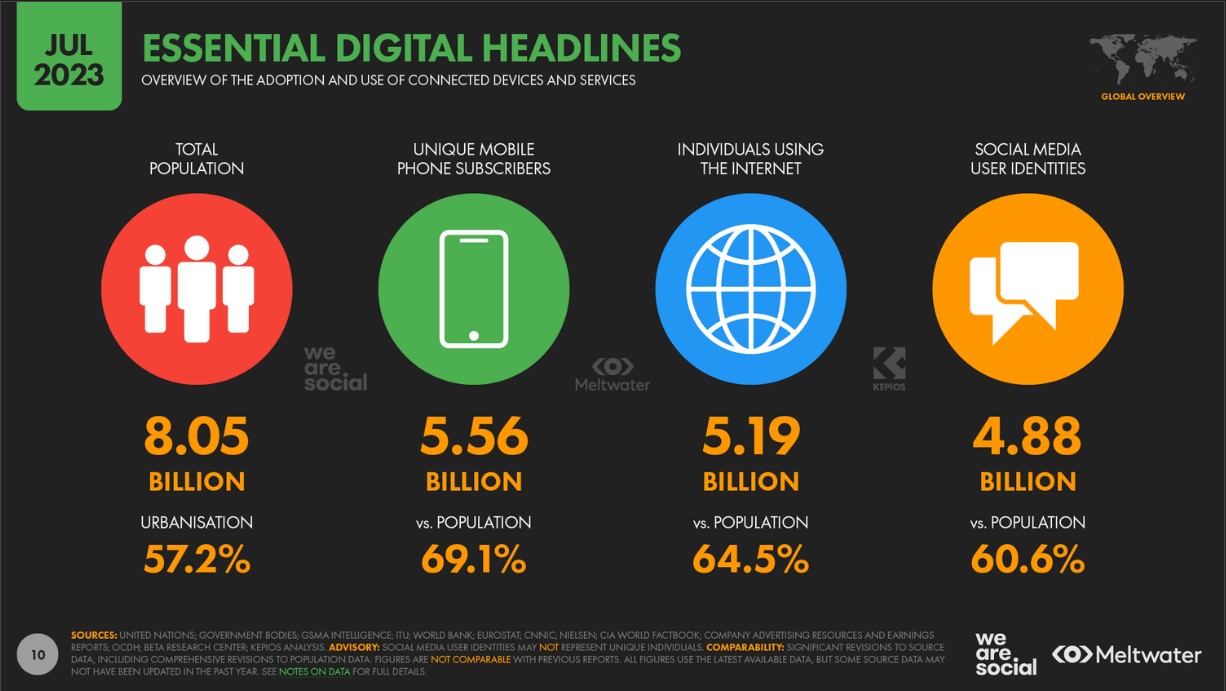
The staggering statistic reveals a remarkable transformation in consumer behavior. People are now choosing mobile devices as their go-to source for information and entertainment, leaving traditional mediums in the dust!
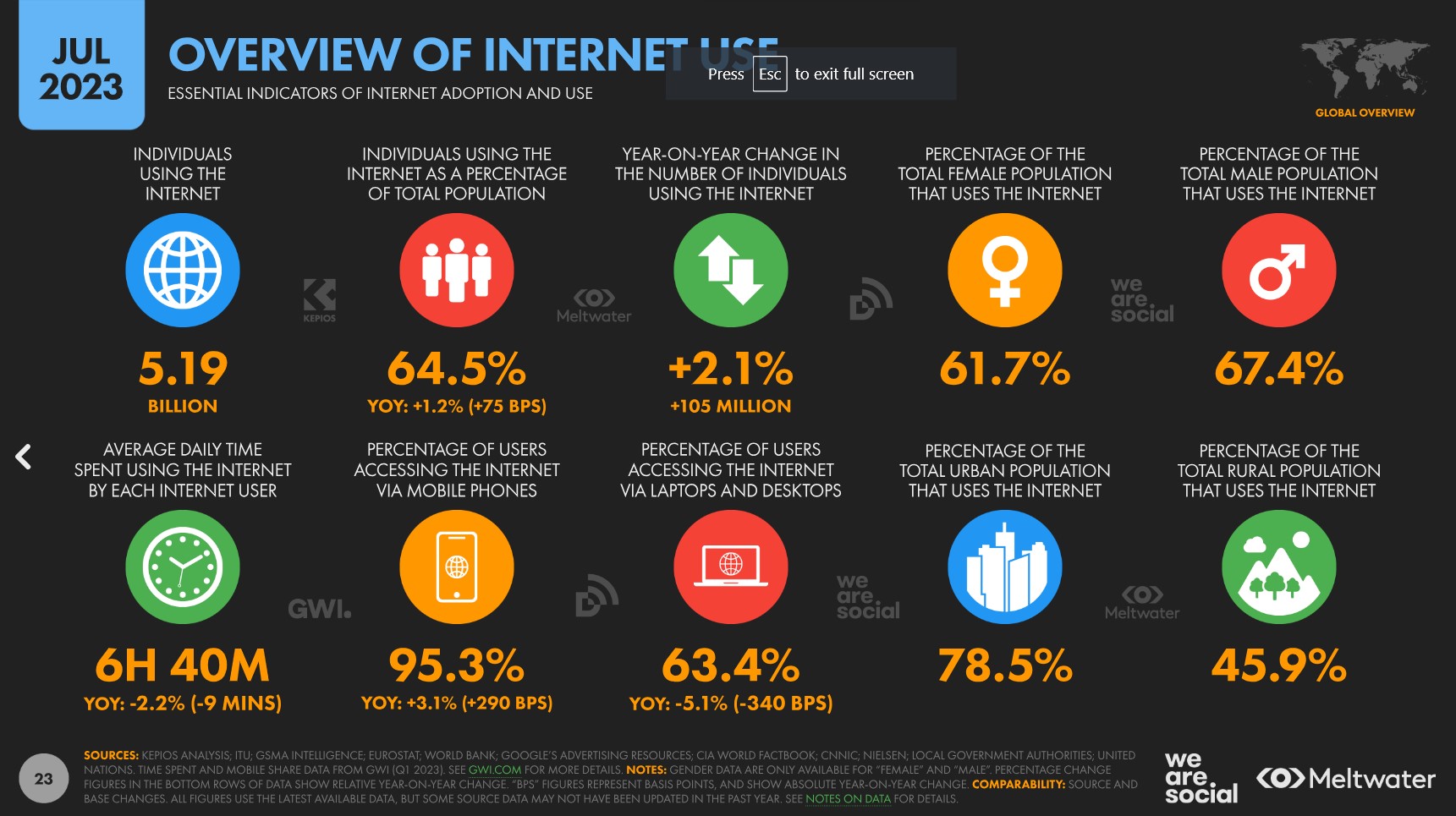
Mobile advertising capitalizes on this trend, offering businesses a golden opportunity to connect with an extensive, diverse audience.
By leveraging mobile platforms, your brand message can travel across geographical boundaries, reaching potential customers in every corner of the globe. Having a global stage at your fingertips means performing for a diverse audience, bigger than any physical venue!
2. Personalization
Mobile advertising stands as a powerful tool in the realm of personalized marketing. The personal nature of mobile devices allows advertisers to deliver tailored messages directly to users.
Through data-driven strategies, mobile advertising can track and analyze user behavior - from their preferences and habits to their location. This enables the creation of highly customized ads that resonate with the individual user.
For example, an individual regularly searching for healthy recipes might be targeted with ads for a new health food store nearby.

Moreover, mobile advertising offers real-time adaptability. This means ads can instantaneously adjust to changes in user behavior.
If a fashion enthusiast suddenly starts exploring home decor, the ads will correspondingly shift.
This remarkable degree of personalization has the potential to drive heightened engagement, improved conversion rates, and elevated levels of customer satisfaction. A personalized message is more likely to spark a response.
Thus, through mobile advertising, your brand can establish a deep, personal connection with your audience.
3. Engaged Audience
The rise of mobile devices has transformed audience engagement. As people integrate mobile devices into their lives, businesses benefit greatly.
You can hardly see a person without a mobile phone in his hands or in his pocket nowadays! It seems like people's worlds revolve around this single device.
A captivated target market opens doors to conversions, boosting ROI and brand loyalty. Studies consistently show users spend twice as much time on phones than watching TV. This extended exposure creates opportunities for brands to connect deeply with customers.
And did you know? In a recent report by eMarketer, adults in the U.S. spend an average of 3 hours and 43 minutes on their mobile devices each day. This transformation in consumer behavior presents a compelling opportunity for advertisers to authentically engage with their target audience at the precise moments of heightened involvement.
4. Cost-Effective
As businesses seek effective advertising methods, mobile advertising is gaining rapid popularity due to its cost-effectiveness.
In the digital era, understanding the financial advantages of this advertising medium becomes crucial. According to eMarketer, mobile ad spending is projected to account for over 70% of all digital ad spending in the US by 2023. Now why would advertisers spend that much if it isn't giving back?
What sets mobile advertising apart is its affordability. Unlike traditional channels, mobile advertising allows businesses to begin with smaller budgets and scale up as needed.
This flexibility makes it an attractive option for both small startups and large corporations. The prevalence of the pay-per-click (PPC) model in mobile advertising platforms ensures that you only pay when your ad generates results.

By targeting interested viewers instead of wasting your budget on disinterested ones, this model directs your resources toward potential customers who are genuinely interested in your offerings.
Keep in mind, though, that there are different types of mobile advertising, and not all of them are effective and cheap (so we'll be discussing one of the best mobile ad formats to use later!)
5. Real-Time Analytics
Cost efficiency extends to tracking and analytics, too.
Mobile empowers businesses to proactively monitor and optimize campaigns in real-time, unlocking a multitude of advantages. By swiftly identifying areas for improvement, organizations can fine-tune strategies for maximum impact.

One of the prime merits of mobile advertising lies in its ability to seamlessly track ad performance in real-time, facilitating data-driven decision-making and continual innovation. This empowers advertisers with invaluable insights to promptly gauge the effectiveness of their campaigns.
By analyzing the data, advertisers can discern which strategies yield positive results and make necessary adjustments to optimize their advertising efforts. This iterative approach ensures continuous improvement and maximizes the impact of their campaigns.
6. Advanced Targeting Capabilities
Advanced targeting capabilities in mobile advertising take audience segmentation to the next level. Just as we can target audiences on desktop platforms, mobile advertising offers similar features and more.
Mobile platforms enable advertisers to craft highly specific audience profiles based on a wide range of attributes. For instance, the type of mobile device being used, the brand of the device, the type of 3G or WiFi connection, and user interests derived from the apps installed on their devices.
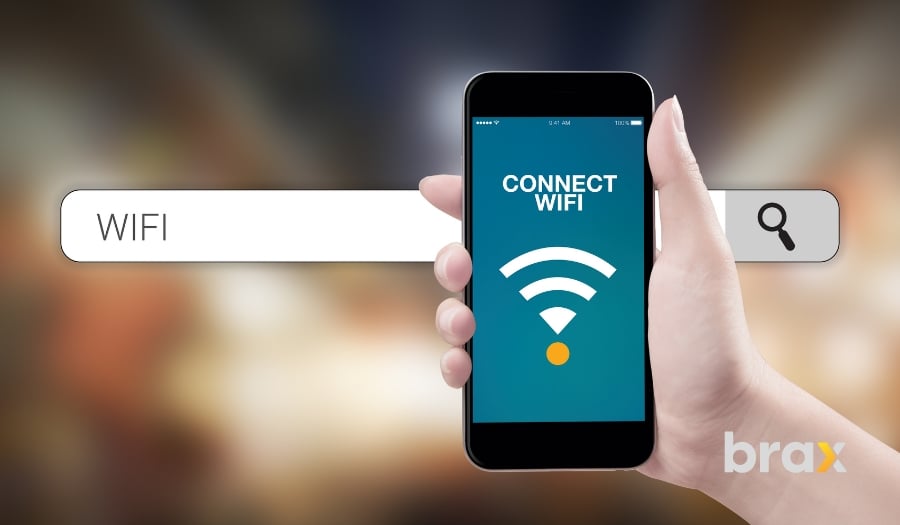
This granular level of targeting allows businesses to direct their advertising efforts towards a highly specific demographic, yielding better results. For instance, a gaming company might want to target users who already have several gaming apps installed on their devices. Or, a high-end product brand might target users with premium devices to increase the likelihood of conversion.
Moreover, the ability to target based on the type of connection used can be particularly useful in certain scenarios. For example, a streaming service might target users with a high-speed WiFi connection to promote a seamless viewing experience.
With the advanced targeting superpowers of mobile advertising platforms, your ad campaigns can hit the bullseye every time. This precision ensures that your brand message reaches the right audiences at the right time, increasing engagement, conversions, and ultimately, customer satisfaction.
7. Mobile Commerce and Banking
The surge in mobile e-commerce and banking is like the plot twist in a thrilling movie — it's added an exciting new dimension to the narrative of mobile advertising. As mobile devices morph into digital one-stopone-stop shopsshops, consumers are swapping their physical wallets for virtual ones, conducting shopping sprees and bank transfers with just a few taps on their screens.
This shift has sparked a mobile e-commerce boom that's raking in more dough than a busy bakery. To put it in numbers, Statista reports that the mobile e-commerce industry has so far pocketed a cool $2.2 trillion, accounting for about two-thirds of all e-commerce sales.
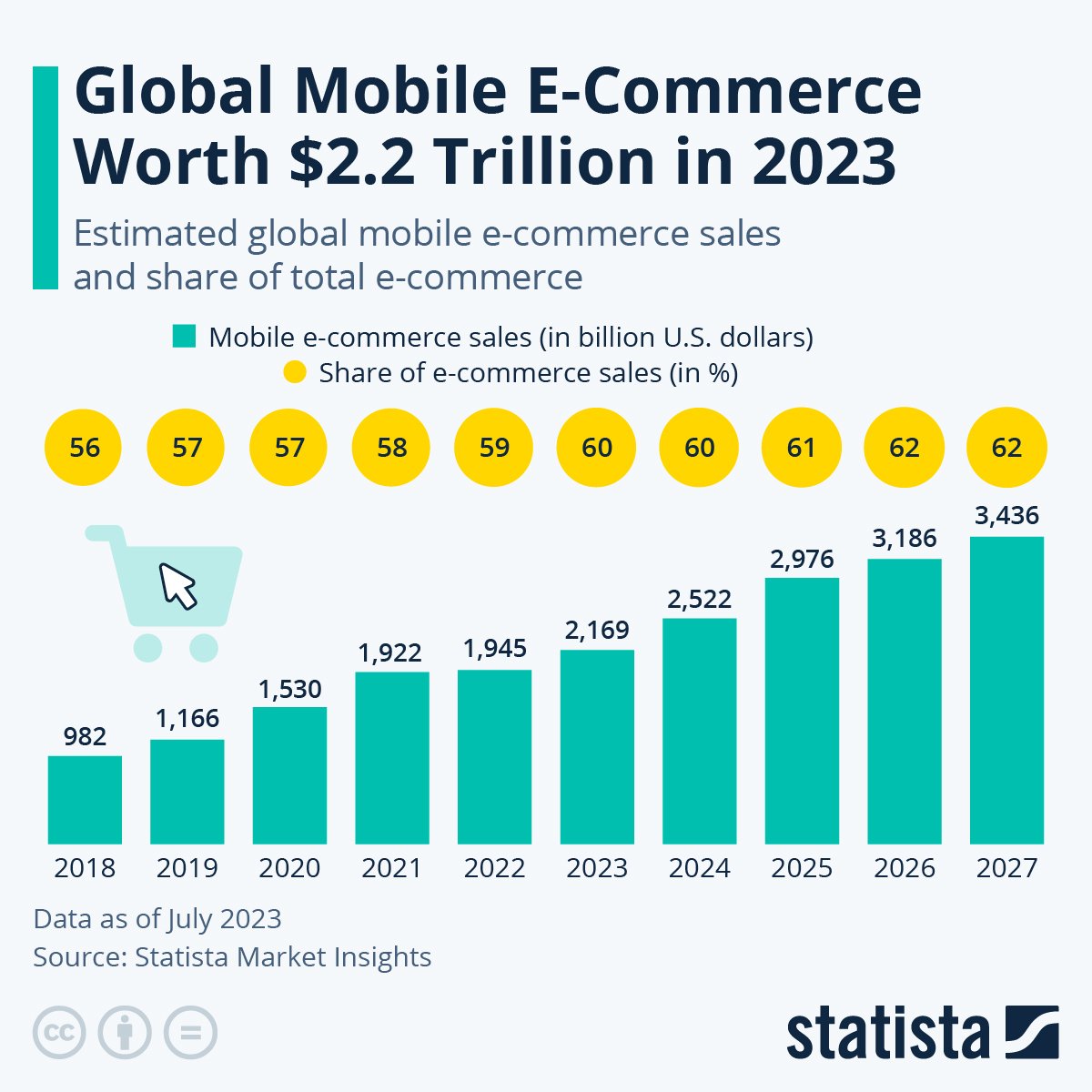
Meanwhile, mobile banking is scaling the popularity charts, signalling a growing reliance and trust in mobile devices for handling our financial matters. This trust in mobile technology is like adding rocket fuel to the power of mobile advertising.
As users engage with their mobile devices in increasingly personal ways, they're fostering a bond with their device and, by extension, the brands that interact with them through this channel. It's a bit like bonding over shared interests, except the shared interest here is the device itself.
Mobile advertising rides the wave of these trends, offering golden opportunities to connect with consumers right when they're making transactions, be it in-app purchases or mobile banking apps.
Why Combine Native Ads with Mobile Advertising?
We've already shown you above why mobile advertising is almost a *must* in today's advertising world.
But why go for mobile native ads?
Here are the top advantages of combining native ads with mobile advertising:
-
Enhanced User Experience
Native ads, unlike traditional banner ads, blend naturally with the app or website's content, enhancing the overall user experience. On mobile platforms, where screen real estate is limited, such seamless integration can significantly improve ad reception and engagement.
After all, people do not want to be interrupted when consuming content from their phones (may that be written, playable, or watchable content). The more subtle your advertising and the less intrusive it is, all the better!
-
Higher Engagement Rates
Research shows that users interact more with native ads compared to traditional banner ads. According to a study by Sharethrough, users looked at native ads 53% more often than display ads. When these native ads are optimized for mobile devices, it can lead to even higher engagement rates.
-
Better Conversion Rates
Mobile native ads not only generate higher engagement but also drive better conversion rates. This is because mobile native advertising offer a less disruptive and more personalized ad experience, making users more likely to take the desired action.
-
Improved Brand Perception
Native ads can help improve brand perception as they are less likely to annoy users compared to interruptive ad formats. By providing valuable content within a native ad, brands can position themselves as thought leaders, thereby improving their credibility and trustworthiness.
-
Combats Ad Fatigue
Lastly, mobile native ads are beneficial in fighting ad fatigue. As users become desensitized to traditional banner ads, the engagement rates of such ads dip significantly. When integrated with native advertising, however, it can help advertisers craft more personalized campaigns that keep audiences engaged and less likely to suffer from ad fatigue.
As such, the marriage of native advertising and mobile advertising offers a potent and effective marketing strategy. It's an influential approach that turns the challenge of limited mobile screen space into an advantage — by offering value within the content consumers are already engaging with.
Case Studies of Successful Mobile Native Ads
Everything you've read so far feels all so fine and dandy, but when it comes right down to it, can mobile native ads handle the heat from the success that you are aiming for?
Well, let's take a peek at some real-life case studies and see how they rocked it!
1. Nike Hyper Court Campaign
In the realm of groundbreaking advertising, Nike's Hyper Court Marketing Campaign stands as a beacon. This campaign was the result of a collaboration between Nike, Google, and BBH Singapore, each bringing their unique expertise to the table.
Mobile native ads were employed in the campaign, blending promotional content into the user's typical mobile journey. This method not only heightened user engagement but also increased the response rate.
The success of this campaign can be measured through various elements. Firstly, the blend of digital and physical aspects created an immersive user experience. Basketball courts were transformed into interactive learning centers, offering users engaging tutorials, artwork, and training drills.
Secondly, the use of mobile native ads offered a personalized and non-intrusive advertising experience. This strategy made the campaign feel less like an advertisement and more like engaging content that users were keen to interact with.
Finally, technology was smartly leveraged to enhance the user experience. Users were given access to content without any data charges, allowing them to fully engage with the campaign without any data-related concerns.
2. Castrol's Native Advertising in Mobile Games
Castrol, a renowned global player in motor lubricants and engine oils, embarked on a unique advertising journey, leveraging the power of blended in-game native advertising. The campaign, designed to bolster brand recall for its product, Castrol POWER1, was aimed at Gen Y and Millennials in the Philippines — a demographic known for their love of mobile gaming.
The campaign was orchestrated in collaboration with Xaxis and InMobi, and it was nothing short of a grand success. Castrol leveraged mobile native ads to create an immersive in-game experience for Filipino gamers.
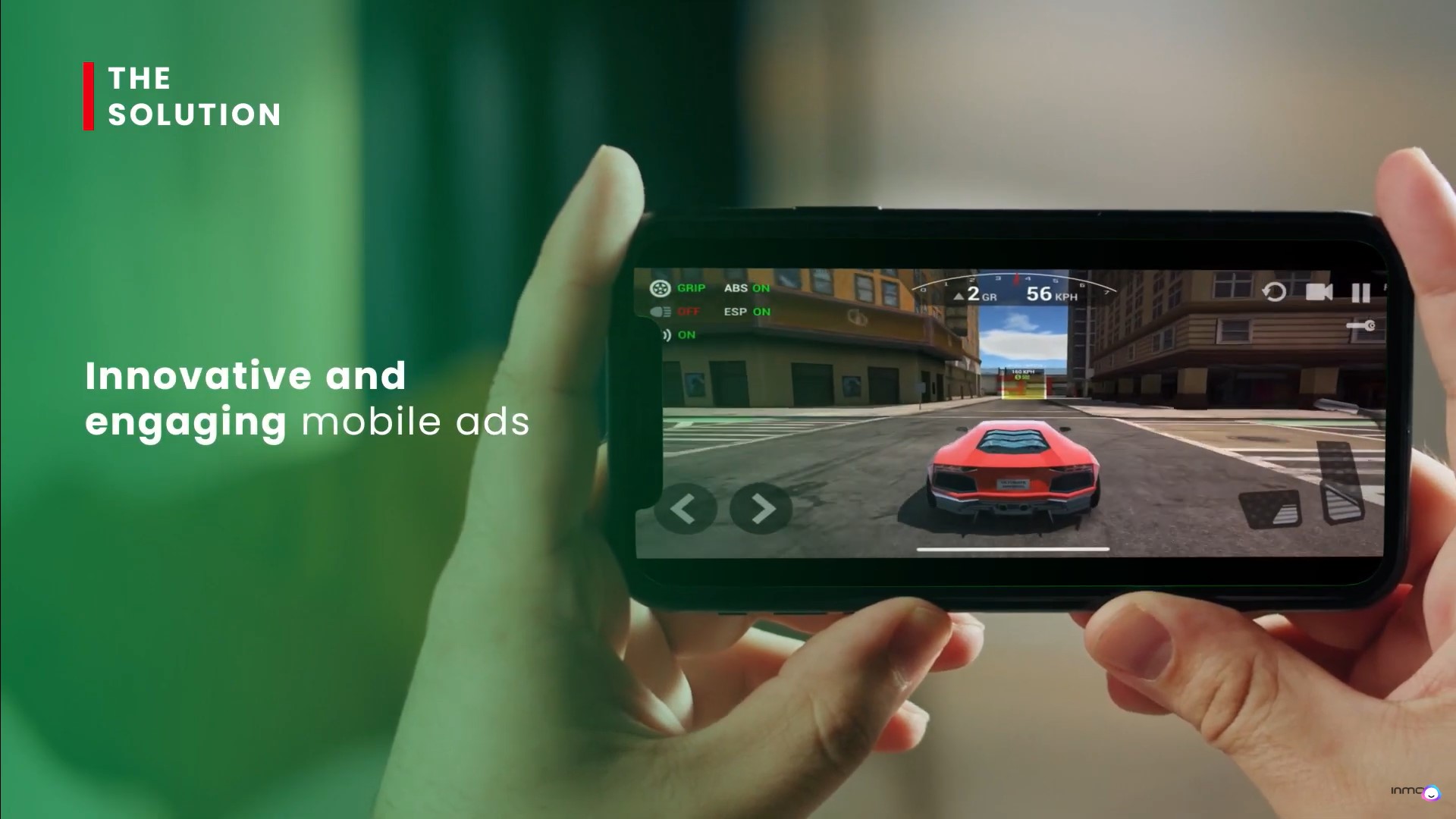
The in-game creative was specifically designed to engage users aged between 18 to 44 years, offering an unintrusive yet highly visible brand exposure within the gaming environment.
But the innovation didn't stop there. To gauge the impact of the campaign, Castrol used InMobi Pulse to launch a brand lift survey. This survey measured several key indicators, including brand consideration, spontaneous ad recall, top-of-the-mind ad recall, and purchase intent post-ad exposure.
The results were impressive. Comparing pre- and post-campaign data, Castrol was able to ascertain a positive lift in top and middle-of-the-funnel metrics. The brand lift survey also provided valuable insights into the demographic segments that showed active brand recall and increased purchase intent.
3. Nissan Rouge 2014
Nissan rode the wave of innovation with its interactive tablet ad unit, promoting the 2014 Nissan Rogue. The unique ad featured a 60-second video that allowed viewers to interact with the brand's content in-stream via tappable hot spots.
This campaign, which ran across a mobile video ad network called Juice Mobile, achieved a remarkable 78 percent completion rate and a 93 percent engagement.

Nissan was the pioneer in utilizing this new ad unit, which offered viewers an enriched experience by providing insights into the Rogue's features through five distinct hot spots. By offering a unique spin on an existing video and leveraging the device's capabilities, Nissan added another layer of interactivity for the user, contributing significantly to the ad's success.
The mobile native ad ingeniously repurposed the TV spot, transforming it into an interactive experience via hot spots, thereby broadening the reach of the campaign. The tablet ad highlighted five hot spots, with content focusing on statistics related to winter weather and snow safety.
The success of the campaign underscores the importance of 'pull' rather than 'push' in mobile ads. An ad unit that captivates a user and triggers them to activate additional content in an engaging manner holds immense value.
By turning established video content into something interactive, brands can extend commercials and other video content across mobile devices, as demonstrated by Nissan's successful campaign.
Best Practices for Mobile Native Ads
For advertisers, the key to successful mobile advertising lies in understanding the platform's unique capabilities and leveraging them effectively.
Understand Your Consumers' Age Group
Understanding the age group of your target audience is crucial in creating a successful native ad campaign. Different age groups respond differently to ads.
For instance, younger audiences might prefer native video ads. Millenials typically go for both interactive and video content, while older audiences (Baby Boomers) might appreciate informative articles or lists.

Test Different Native Ad Formats
Experimenting with different ad formats such as carousel, outstream, storyboard ads, and in-feed ads can help identify what works best for your audience.
Airbnb, for instance, has found success with in-feed native ads on publishing websites, showcasing user-generated featured content.
Create Mobile Optimized Content
The content on your landing page should be optimized for mobile device users. Content should be concise, easy to read, and provide quick access to desired information.
Too many businesses focus on the desktop version of their web pages, forgetting that many users access them via mobile. These users leave immediately upon landing on a website with disproportionate font sizes, missing headers or menu sections, and more.
Don't let it be a lost opportunity to connect with potential customers!

Utilize Location-based Services
Location-based services are invaluable when it comes to connecting with the right target audience. For example, if you're an event organizer, you can tailor your ads to people living in a certain area or city.
This not only allows you to place targeted ads but also provides crucial insights into consumer behavior and preferences. This kind of data can be used for further analysis and optimization of your campaigns.
Don't Disrupt the Flow
A key principle of native advertising is not disrupting the user experience. Your mobile native ad should fit naturally within the content they're placed in, so choose the right publishing websites.
Also, avoid using clickbait or overly promotional language that could turn off users.
Take Advantage of the User Experience (UX)
Native ads provide an opportunity to enhance the user experience by offering valuable content. For instance, you can launch a mobile native ad for a recipe app that could provide a delicious recipe. This one would fit seamlessly into a food blog.
Measure the Success of Mobile Native Ads
It is important to use analytics tools to track the performance of your native mobile ads. Doing so can help you measure user engagement, identify what worked and what didn’t, and make adjustments in real-time to increase ROI.
Success of native ads can be measured through various metrics, but the most common are Click-Through Rate (CTR), conversions, and user engagement.
If you plan on using a native ads network of today (Outbrain, Taboola, MGID, RevContent, or Yahoo Gemini), then you should use a powerful native ads management platform like Brax.
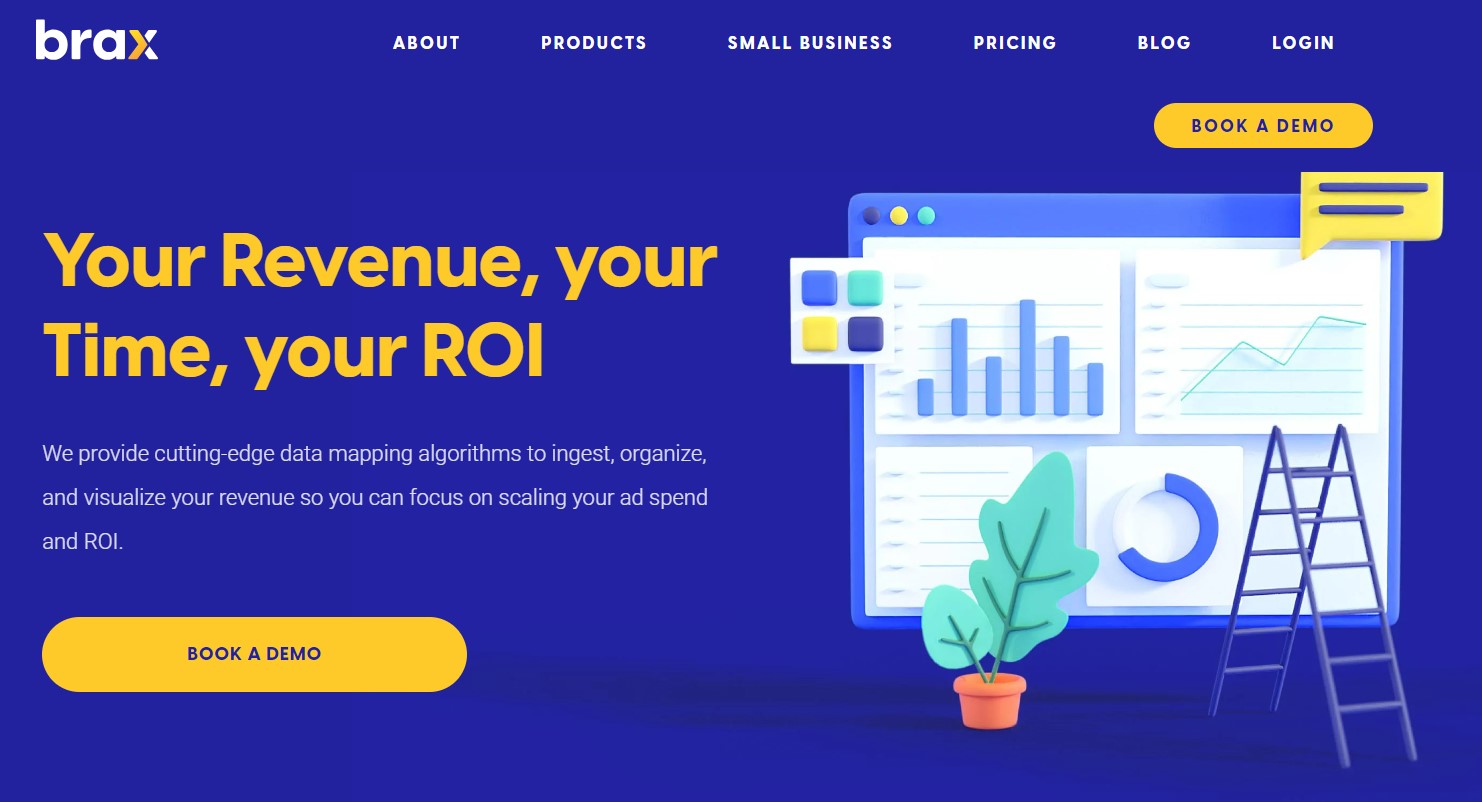
Brax offers a unified dashboard to track all your native advertising campaigns across multiple platforms. With real-time data and performance metrics, you can make informed decisions and optimize your campaigns.
It also has A/B testing and automation features to aid in improving ad performance, make mobile native ads management easy, and help advertisers maximize ROI.
See how it works for yourself! Book a free demo today, and we'll show you the ropes to our platform.
Bottom Line
Let's not beat around the bush — native mobile advertising is a juggernaut. They're like chameleons, blending seamlessly into the user's mobile experience, making advertising not only effective but also easy on the eyes.
Brands, big and small, have wielded this powerful advertising combo to boost their brand recall, engage users in a dance of interactivity, and pull positive responses from consumers.
If you're still not harnessing the power of mobile native ads, you're leaving a lot on the table. By weaving this innovative advertising strategy into your brand's story, you could multiply its visibility, engagement, and profitability.
Want to get started with native ads for mobile but don't know how? Reach out to us! Our team of digital marketing experts is here to help you reach your business goals.
Did you like this post? You also be interested in these:

